Introduction
Spinach and pork buns, known as cai bao in Chinese cuisine, are a beloved staple that seamlessly blends savory flavors with a soft, fluffy texture. These steamed buns offer a harmonious marriage of tender ground pork and vibrant spinach, encased in a delicately sweet dough. Perfect for breakfast, lunch, or dinner, they are equally at home as a comforting meal or a showstopping dish at gatherings. This guide will walk you through every step of creating these buns from scratch, ensuring results that rival those from your favorite local bakery. Whether you are a seasoned home cook or a novice in the kitchen, this detailed recipe will empower you to master the art of bun-making.
The Appeal of Spinach and Pork Buns
Before diving into the recipe, it is worth understanding why these buns hold such a special place in global cuisine. The combination of spinach and pork offers a balance of earthy greens and rich, umami-packed meat, while the steamed dough provides a light, airy canvas that absorbs the filling’s juices. Unlike fried dumplings or heavy pastries, steamed buns are relatively healthful, making them a guilt-free indulgence. Additionally, their versatility allows for endless customization—adjust spices, swap proteins, or experiment with vegetables to suit your taste.
Ingredients: Assembling Your Arsenal
To create 24 medium-sized buns, gather the following ingredients:
For the Dough:

- 4 cups all-purpose flour (plus extra for dusting)
- 1 packet (2¼ teaspoons) active dry yeast
- 1½ cups warm water (105–115°F)
- 2 tablespoons granulated sugar
- 1 teaspoon salt
- 2 tablespoons vegetable oil
For the Filling:
- 1 pound ground pork (preferably with 20% fat for juiciness)
- 10 ounces fresh spinach (or 8 ounces frozen, thawed and squeezed dry)
- 3 garlic cloves, minced
- 1 tablespoon fresh ginger, grated
- 2 tablespoons soy sauce
- 1 tablespoon oyster sauce
- 1 teaspoon sesame oil
- ½ teaspoon white pepper
- ¼ cup chicken broth (or water)
- 1 tablespoon cornstarch
- 2 green onions, thinly sliced
- Salt to taste
For Assembling and Cooking:
- 24 parchment paper squares (2×2 inches)
- 1 tablespoon neutral oil (for steaming)
Equipment Checklist:
- Large mixing bowl
- Stand mixer with dough hook (optional, but helpful)
- Rolling pin
- Bamboo or metal steamer basket
- Sharp knife or bench scraper
- Pastry brush
Crafting the Dough: Patience Is Key
The foundation of exceptional buns lies in a well-prepared dough. Begin by activating the yeast: in a small bowl, combine warm water, sugar, and yeast. Stir gently and let it sit for 5–10 minutes until frothy. This step ensures the yeast is alive and active.
In a large mixing bowl, whisk together flour and salt. Create a well in the center and pour in the yeast mixture along with vegetable oil. Stir with a wooden spoon until a shaggy dough forms. Transfer to a lightly floured surface and knead for 8–10 minutes until smooth and elastic. If using a stand mixer, knead on medium speed for 6–8 minutes. The dough should spring back when pressed lightly.
Shape the dough into a ball and place it in a greased bowl. Cover with a damp kitchen towel or plastic wrap and let it rise in a warm, draft-free area for 1–1.5 hours, or until doubled in size. This first rise develops flavor and texture.
Preparing the Filling: A Symphony of Flavors
While the dough rises, prepare the filling. Begin by wilting the spinach: if using fresh, blanch it in boiling water for 1 minute, then shock it in ice water to retain color. Squeeze out excess moisture and chop finely. For frozen spinach, thaw completely and squeeze dry.
In a large skillet, heat a drizzle of oil over medium heat. Sauté garlic and ginger until fragrant (30 seconds), then add ground pork. Break it into small pieces with a spatula and cook until no longer pink. Stir in soy sauce, oyster sauce, sesame oil, and white pepper.
Dissolve cornstarch in chicken broth and add to the pork. Simmer for 2–3 minutes until the mixture thickens. Remove from heat and fold in spinach and green onions. Taste and adjust seasoning with salt if needed. Let the filling cool completely before assembling the buns—warm filling can melt the dough and cause leakage.
Assembling the Buns: Precision Meets Creativity
Once the dough has doubled, punch it down to release air bubbles. Turn it onto a lightly floured surface and knead briefly to redistribute the yeast. Divide the dough into two equal portions for easier handling.
Roll each portion into a log and cut into 12 equal pieces (24 total). Cover unused pieces with a damp cloth to prevent drying. Take one piece and flatten it into a 4-inch circle using a rolling pin. The edges should be thinner than the center to ensure even pleating.

Spoon 1½ tablespoons of filling into the center. Gather the edges of the dough and pinch them together to seal, creating pleats as you go. Twist the top to secure the seal. Place the bun on a parchment square and repeat with remaining dough.
Second Rise: Fluffiness Awaits
Arrange buns in a steamer basket, leaving 2 inches between them to allow expansion. Cover loosely and let rise for 20–30 minutes in a warm area. They should look puffy but not doubled.
Steaming: The Final Transformation
Fill a wok or large pot with 2 inches of water and bring to a boil. Place the steamer basket atop the pot, ensuring it does not touch the water. Steam buns for 15–18 minutes on medium heat. Avoid lifting the lid during steaming, as this releases steam and deflates the buns.
Once cooked, turn off the heat and let the buns rest in the steamer for 5 minutes before serving. This prevents collapsing due to sudden temperature changes.
Serving and Storage: Enjoying Your Creation
Spinach and pork buns are best enjoyed fresh, accompanied by dipping sauces like soy sauce, chili oil, or black vinegar. Pair them with pickled vegetables or a light soup for a complete meal.
Leftover buns can be stored in an airtight container in the refrigerator for up to 3 days. Reheat by steaming for 5 minutes or microwaving with a damp paper towel. For longer storage, freeze uncooked buns on a baking sheet, then transfer to a freezer bag. Steam directly from frozen, adding 2–3 minutes to the cooking time.
Troubleshooting Common Issues
- Dough Not Rising: Ensure yeast is fresh and water is within the correct temperature range.
- Tough Dough: Over-kneading or insufficient water can cause density. Add water gradually if needed.
- Soggy Bottoms: Use parchment paper or cabbage leaves to prevent sticking.
- Collapsing Buns: Avoid opening the steamer lid during cooking. Let buns rest post-steaming.
Variations to Explore
- Vegetarian Option: Substitute pork with crumbled tofu or textured vegetable protein (TVP).
- Spicy Kick: Add Sichuan peppercorns or chili paste to the filling.
- Herb Infusion: Mix chopped cilantro or mint into the dough for aromatic notes.
- Colorful Dough: Incorporate beet juice or spinach puree for vibrant hues.
Cultural Context: The History of Steamed Buns
Steamed buns, or baozi, have a rich history dating back over 1,800 years to ancient China. Originally filled with meat, they were a portable food for travelers and laborers. Today, they symbolize prosperity and are enjoyed during festivals, family gatherings, and everyday meals. The spinach and pork variation reflects modern culinary fusion, blending traditional techniques with contemporary preferences for fresh, leafy greens.
Conclusion: The Joy of Homemade Buns
Mastering spinach and pork buns is a rewarding endeavor that hones your baking skills while delivering a dish bursting with flavor and texture. From the initial rise of the dough to the final steam, each step invites creativity and precision. Whether shared around a table or savored solo, these buns are a testament to the joy of homemade food. So roll up your sleeves, embrace the process, and relish the fruits of your labor—one fluffy, savory bite at a time.

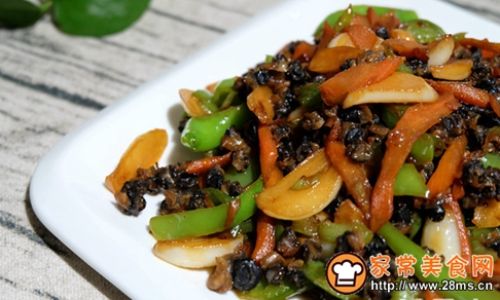
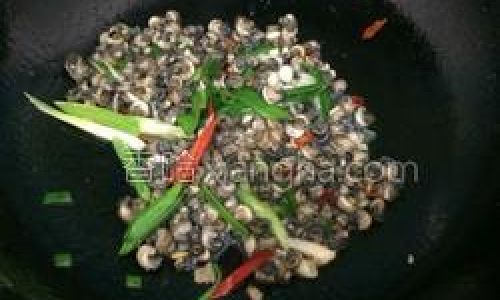
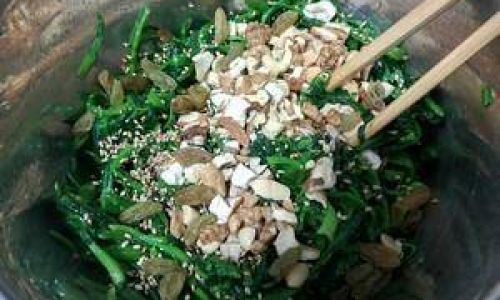
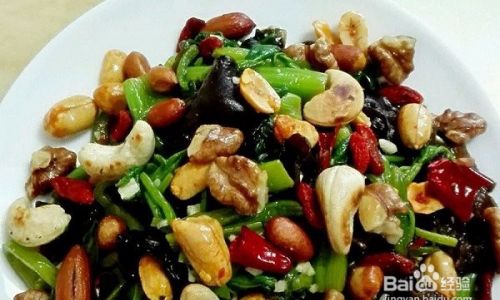
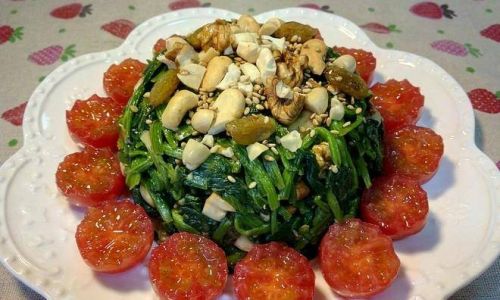
0 comments